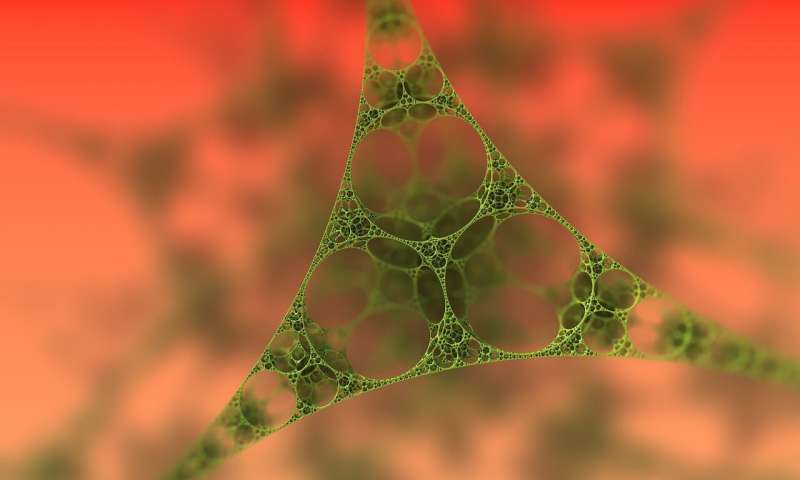The application of zinc oxide layers in industry is
manifold and ranges from the protection of degradable goods to the
detection of toxic nitrogen oxide gas. Such layers can be deposited
by atomic layer deposition (ALD) which employs typically chemical
compounds, or simply precursors, which ignite immediately upon
contact with air, i.e. are highly pyrophoric. An interdisciplinary
research team at Ruhr-Universität Bochum (RUB) has now established
a new fabrication process based on a non-pyrophoric zinc precursor
that can be processed at temperatures low enough to allow plastics
to be coated. The team published their report in the journal
Small.



